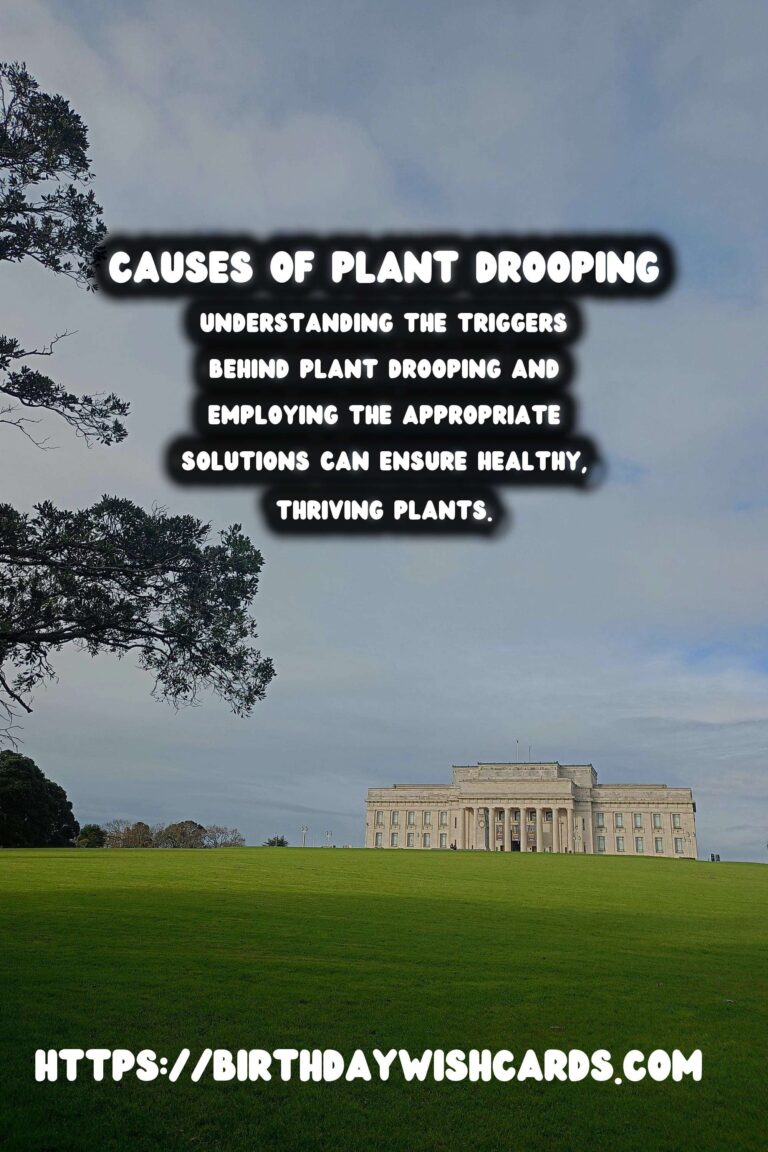
Plant drooping can be a common but alarming problem for both novice and experienced gardeners. While it may be a natural occurrence for some plants at certain times of day, persistent drooping generally indicates an issue that needs attention. In this comprehensive guide, we will explore the various causes of plant drooping and provide effective solutions to revive your beloved greenery.
Common Causes of Plant Drooping
Understanding the underlying cause of plant drooping is crucial for effective treatment. Here are some common reasons why your plant might be wilting:
1. Watering Issues
Overwatering: Excessive moisture in the soil can lead to root rot, causing the plant to droop. This is one of the most common reasons for drooping leaves. Underwatering: On the other hand, lack of water can dehydrate the plant, leaving it unable to maintain the rigidity of its stems and leaves.
2. Light Conditions
Plants require a specific amount of light to thrive. Too much sun can scorch the leaves, while too little light can cause stems to weaken and droop.
3. Temperature Stress
Plants are sensitive to extreme temperatures. Both heat and cold can shock plants, leading to drooping as they struggle to cope with stress.
4. Nutrient Deficiencies
Essential nutrients are needed for plant health. Deficiencies, particularly of nitrogen, potassium, and magnesium, can lead to weak stems and drooping foliage.
5. Pest Infestations
Pests such as aphids or spider mites can sap the vitality from plants, causing leaves to wilt and droop.
Solutions to Revive Drooping Plants
Once you’ve identified the probable cause of drooping, you can take targeted measures to remedy the issue. Below are effective solutions tailored to each cause:
1. Adjust Watering Schedules
Ensure your plant is in a well-draining pot or ground to prevent water logging. If overwatering is the issue, reduce watering frequency and ensure soil dries out between sessions. Conversely, for underwatered plants, gradually increase the amount of water and frequency until drooping subsides.
2. Modify Light Exposure
Relocate your plant to an area with the appropriate amount of light. Use sheer curtains to diffuse intense sunlight or move shade-loving plants away from windows.
3. Control Temperature
Protect your plants from extreme temperature changes. During colder months, keep plants away from drafty windows. Consider using fans or vents during summer to moderate temperature.
4. Provide Nutrients
Supplement your plant’s soil with a balanced fertilizer. Pay particular attention to deficient nutrients, without over-fertilizing, which can burn plants and further stress them.
5. Pest Management
Inspect your plants regularly for signs of pests. Utilize natural remedies like neem oil or introduce beneficial insects like ladybugs to control pest populations effectively.
Conclusion
By understanding the triggers behind plant drooping and employing the appropriate solutions, you can ensure healthy, thriving plants. Consistent monitoring and care are vital. Remember, each plant species may have unique needs, so cater your care to meet these requirements. Restore your plant’s vigor and enjoy the beauty and benefits they bring to your environment.
For additional reading, explore our articles on plant care and maintenance tips, ensuring your plants remain lush and dynamic all year round.
Plant drooping can be a common but alarming problem for both novice and experienced gardeners. Understanding the triggers behind plant drooping and employing the appropriate solutions can ensure healthy, thriving plants. 
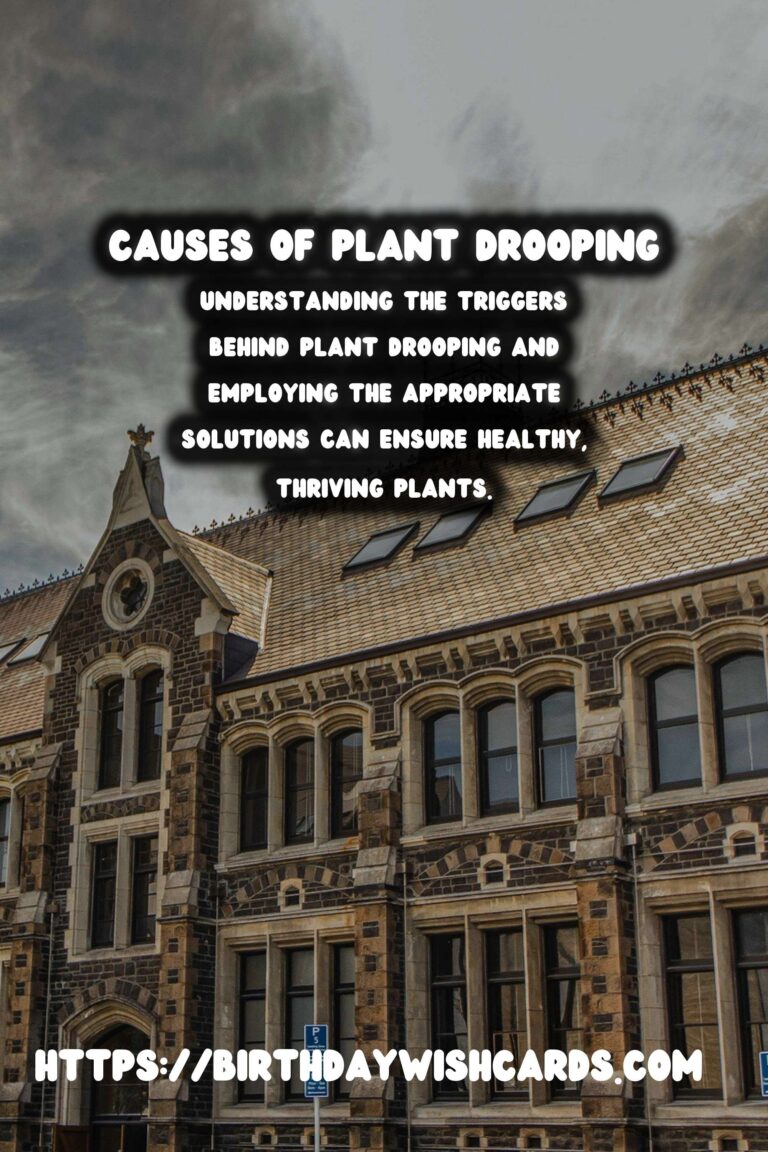
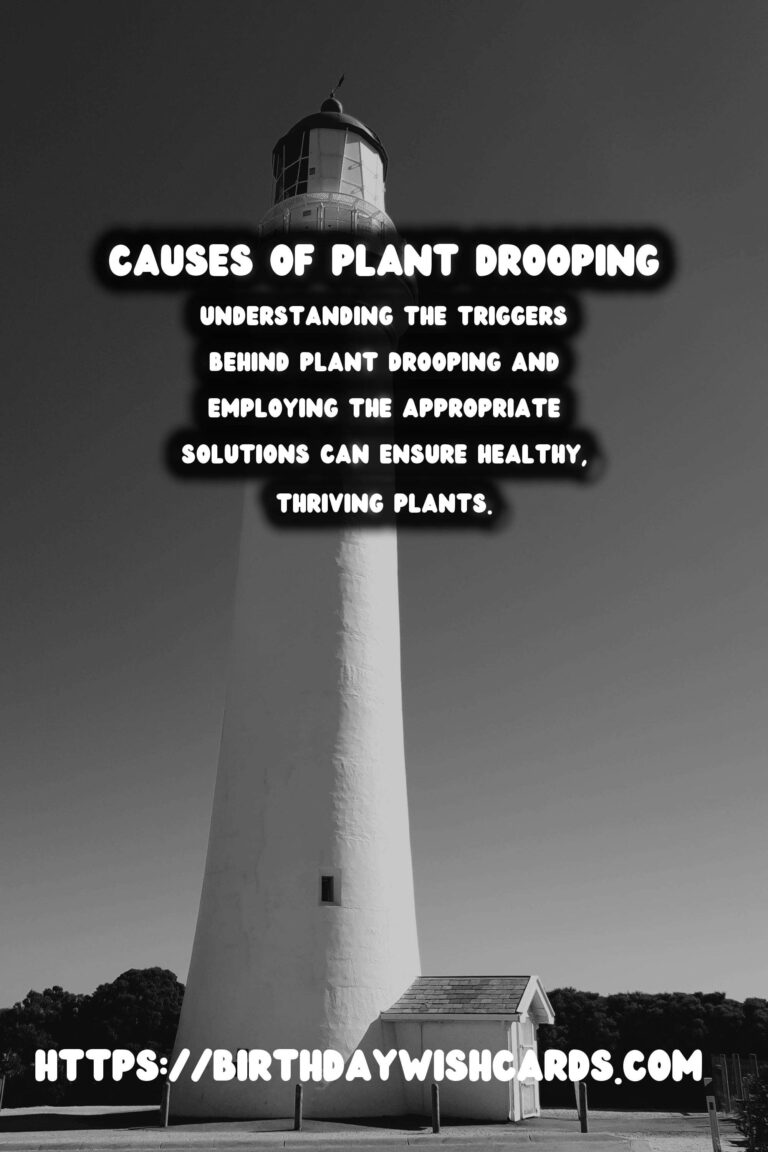

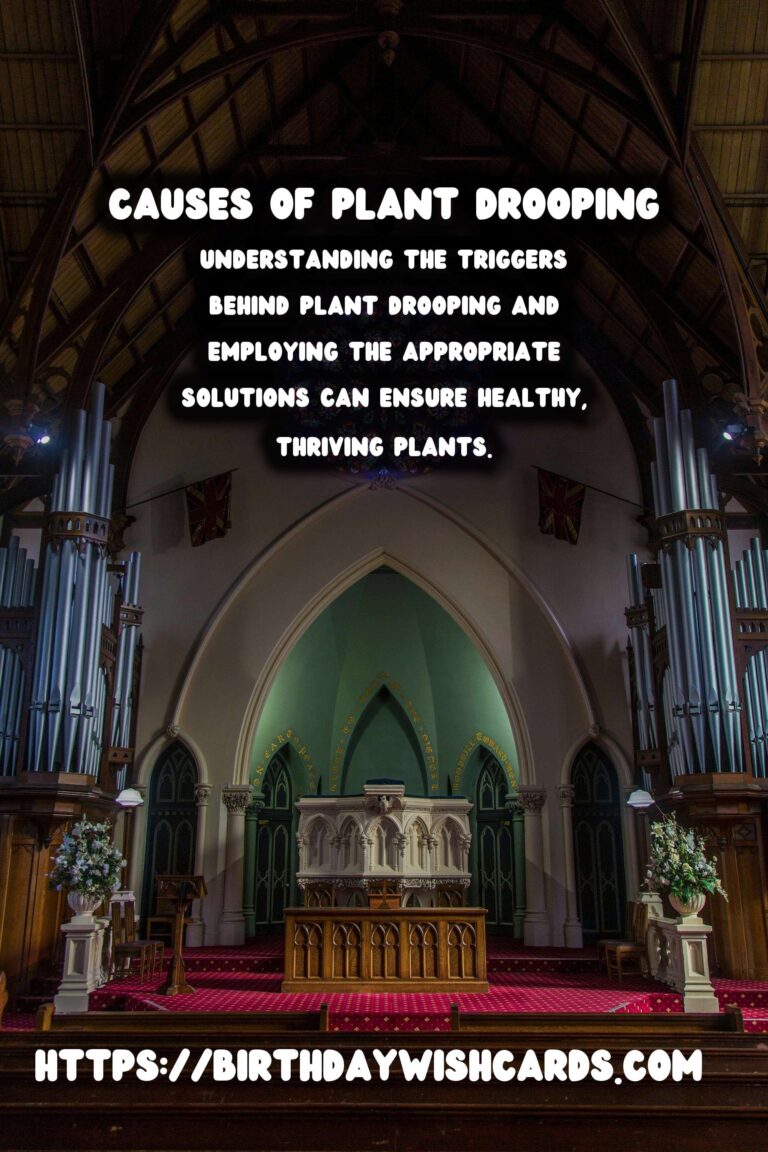
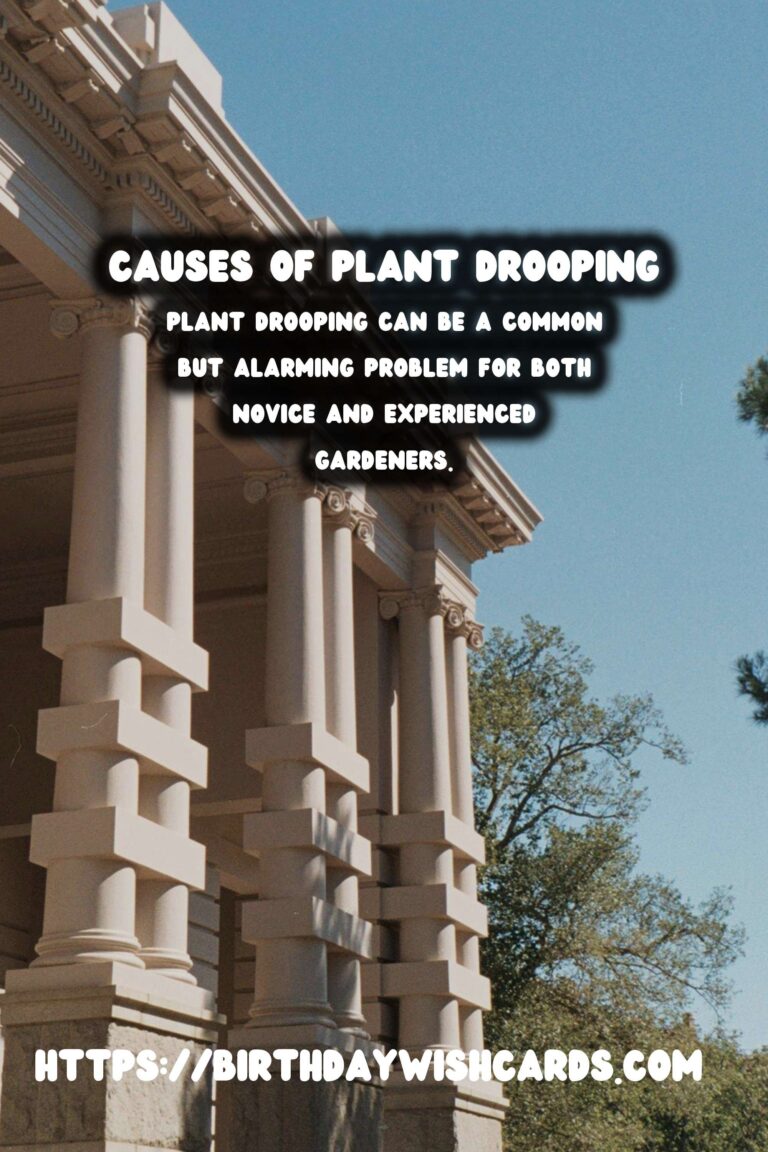
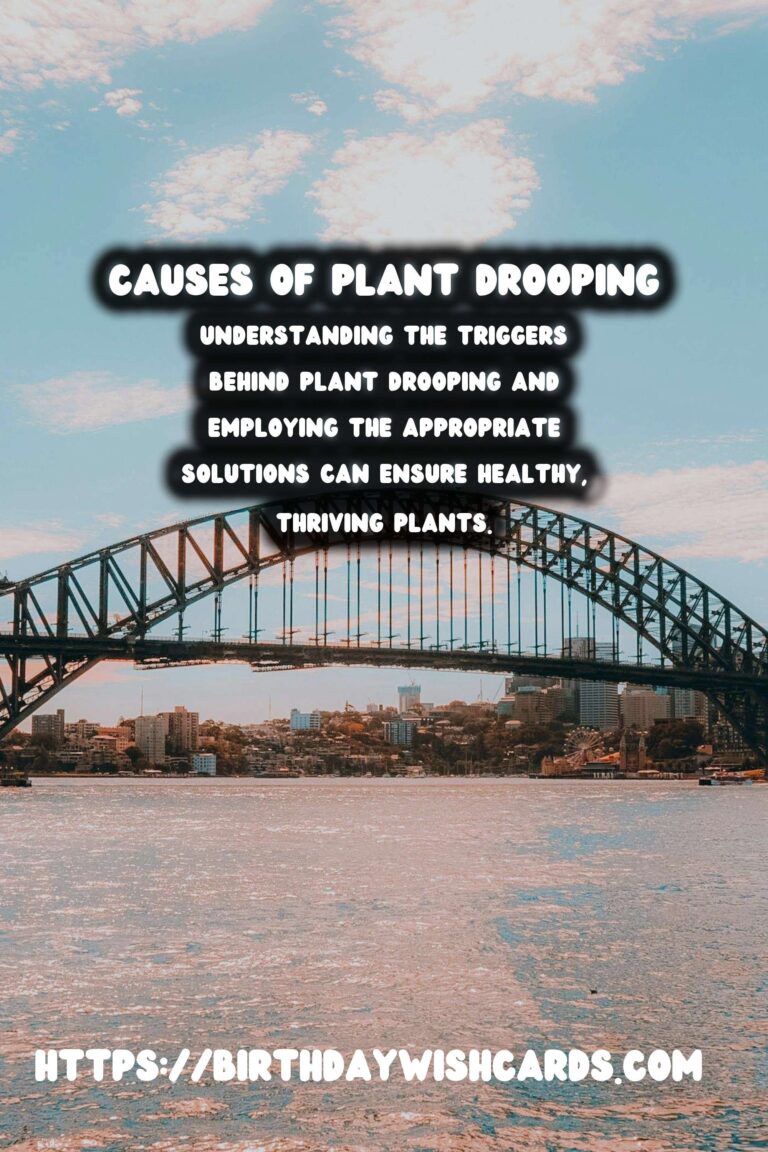
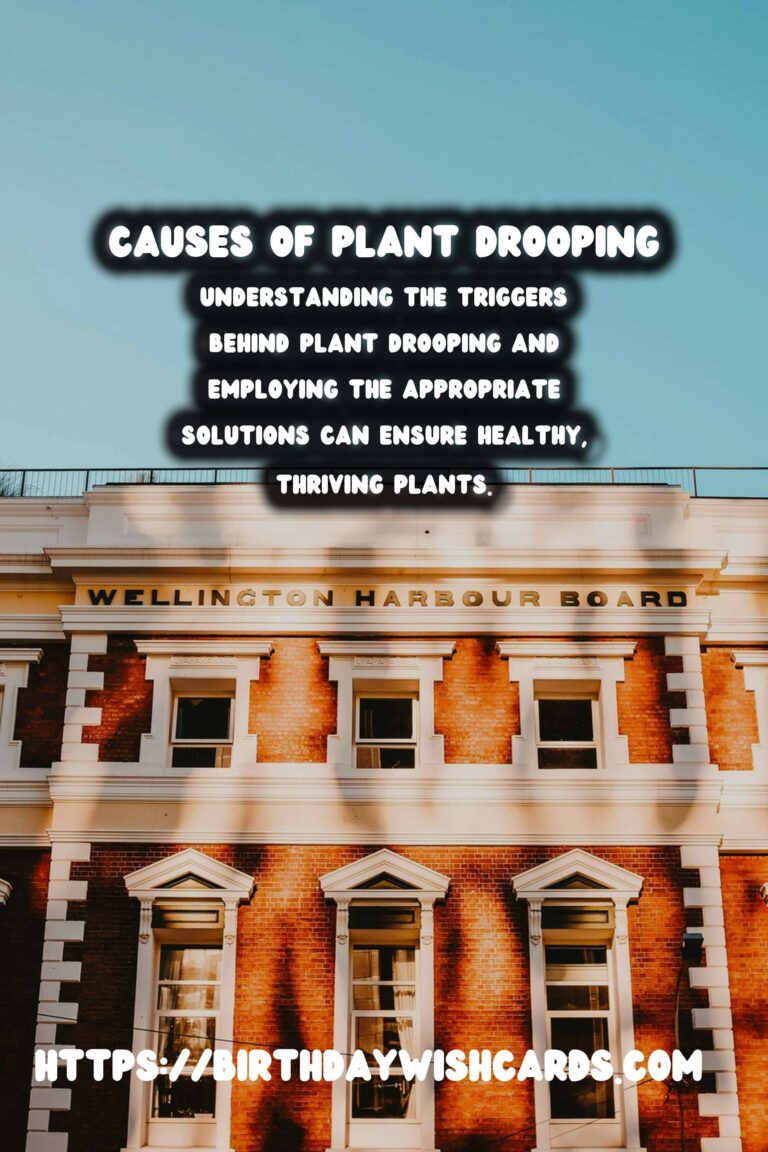
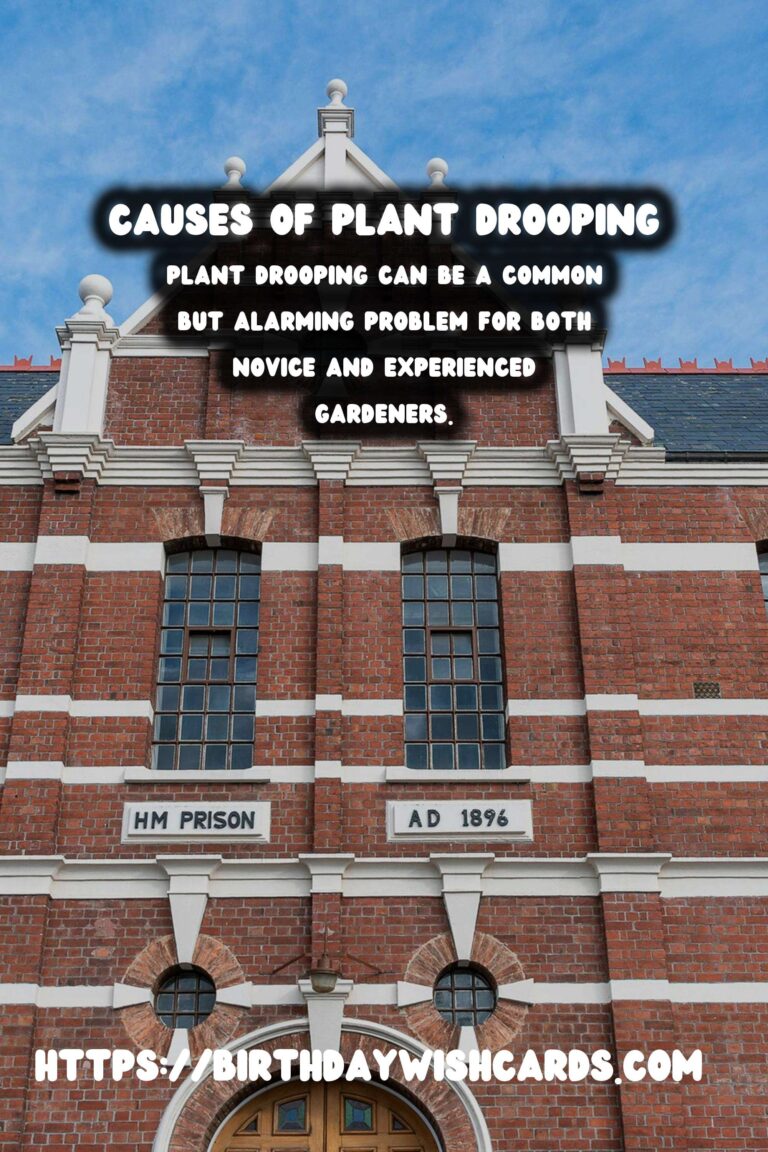
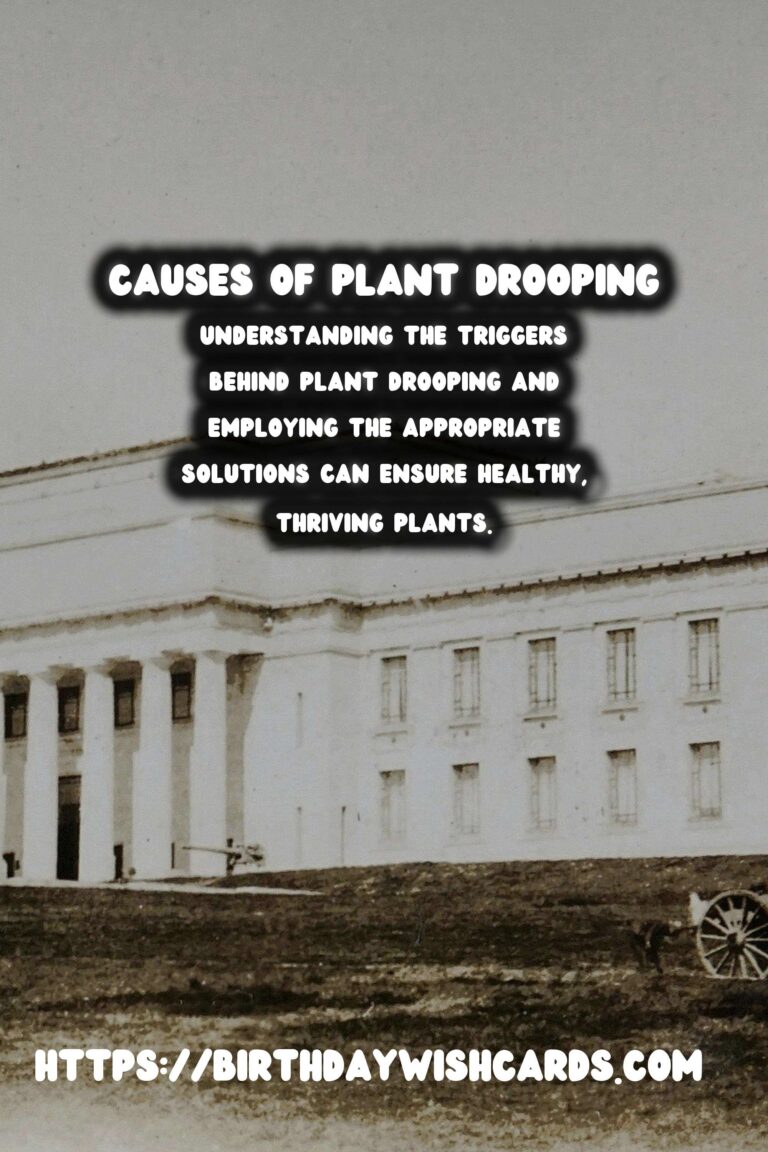
#plantcare #planthealth




